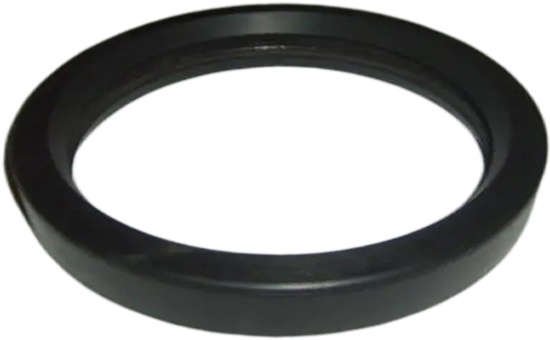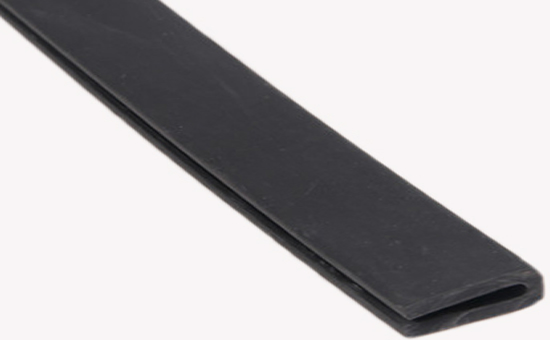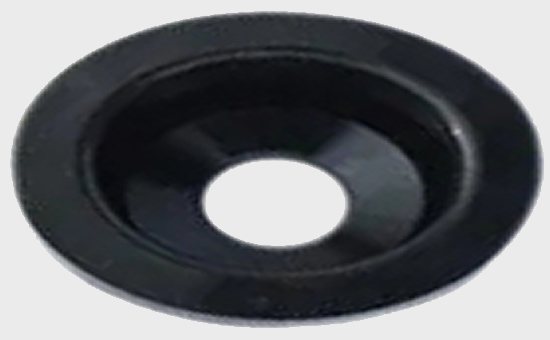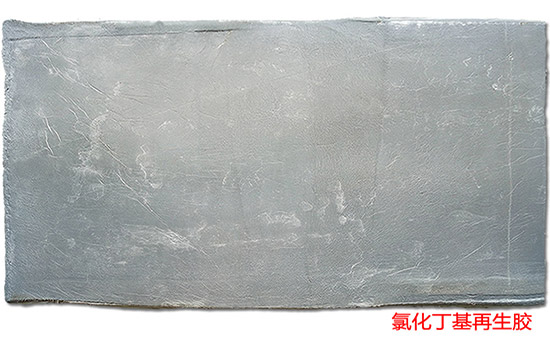
The reclaimed rubber vulcanizate has strength property and elastic relaxation property under static load. The strength property index indicates the resistance of vulcanizate to damage under the action of mechanical force, such as tensile strength and tear strength; The indicators of elastic relaxation performance include hardness, creep and stress relaxation. In actual production, the type and amount of filler directly affect the mechanical properties of reclaimed rubber vulcanizate under static load, as shown below.
The tensile strength of reclaimed rubber vulcanizate generally increases with the increase of filler dosage, and decreases after reaching the maximum value. The tensile strength of some vulcanizates will continuously increase to the maximum value and remain unchanged with the increase of filler dosage. In actual production, the ideal amount of filler in recycled rubber products is related to the nature of filler, the type of recycled rubber and the composition of rubber compound. For example, when the amount of softener in the formula of recycled rubber products is large, the amount of carbon black can be appropriately increased.

To improve the rigidity and strength of the reclaimed rubber vulcanizate, polyethylene, polyvinyl chloride, polystyrene, polypropylene or other polymers can be added to the compound.
To improve the tensile strength of reclaimed rubber vulcanizate, it is recommended to use carbon black with small particle size; When the particle size is the same, the amount of carbon black can be appropriately increased.
The elongation at break of reclaimed rubber vulcanizate decreased with the increase of carbon black content in the compound; The higher the carbon black structure, the lower the elongation at break of the reclaimed rubber vulcanizate.

The constant elongation stress and hardness of the reclaimed rubber vulcanizate increased with the increase of carbon black content in the compound, and the hardness of the vulcanizate was linear with the carbon black content in most cases. At the same dosage, the higher the carbon black structure of reclaimed rubber 2ELYY1214, the greater the elongation stress of vulcanizate; The hardness of vulcanizate increased with the decrease of carbon black particle size and the increase of carbon black structure. In actual production, the hardness of reclaimed rubber vulcanizate can also be increased by increasing the dispersion of inorganic filler.
The tear strength of reclaimed rubber vulcanizate can be increased by increasing the amount of carbon black and inorganic filler; The use of isotropic fillers such as carbon black, white carbon black (the use of new vapor phase white carbon black with surface treatment is better), white Yanhua, lithopone and zinc oxide is more beneficial to the tear strength of the reclaimed rubber vulcanizate.

In actual production, the variety and amount of vulcanizing agent and softener of recycled rubber will also affect the mechanical properties of recycled rubber under static load. Later, Xiaobian will continue to discuss relevant issues with you.
Exclusive original article [commercial authorization] reprint, excerpt and excerpt in any form are prohibited without written authorization. Focus on Hongyun rubber: learn the process formula and raw material technology of producing rubber products from recycled rubber to help you reduce costs and increase profits